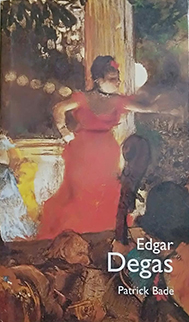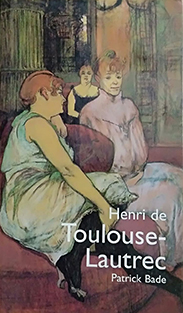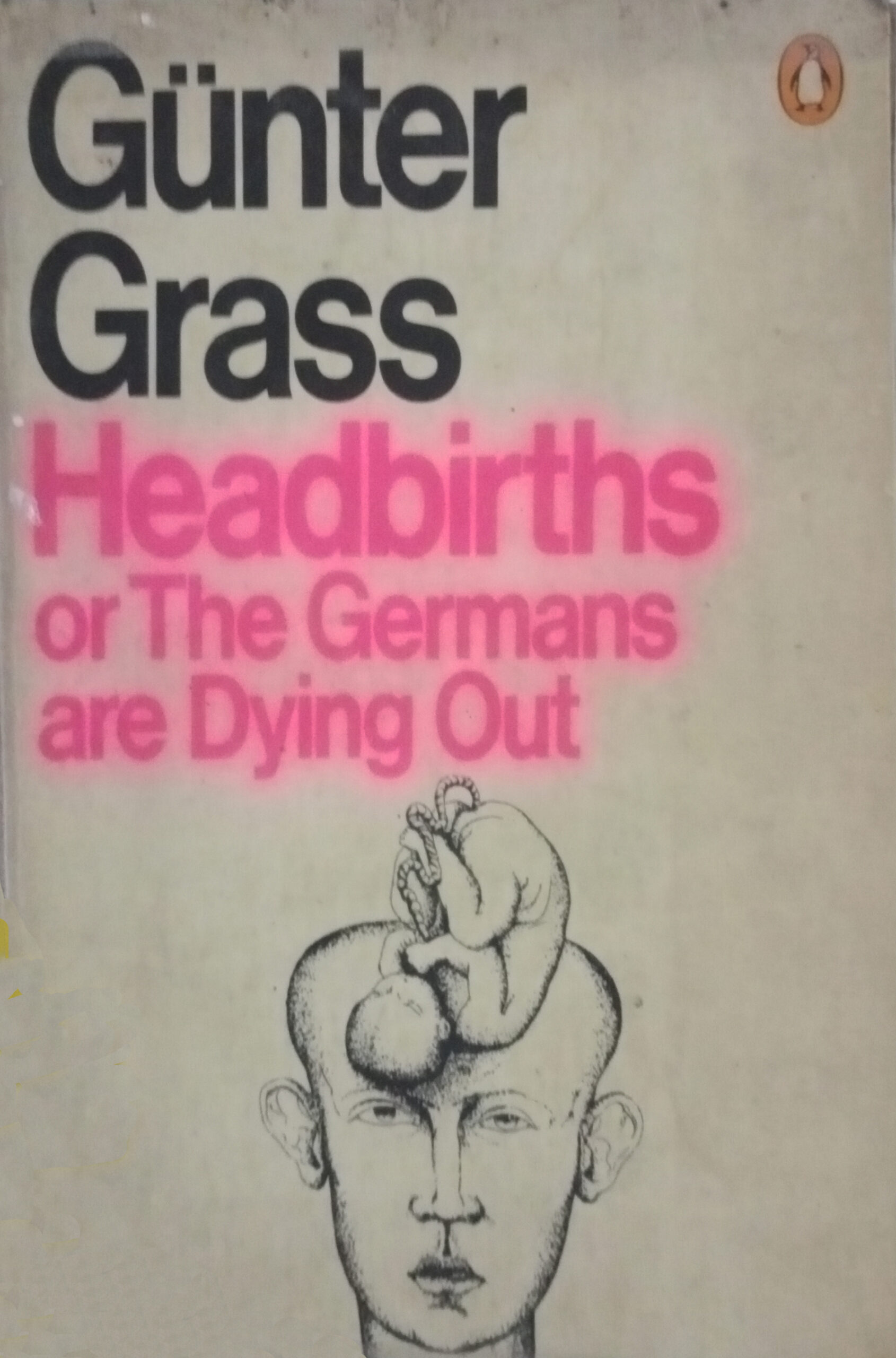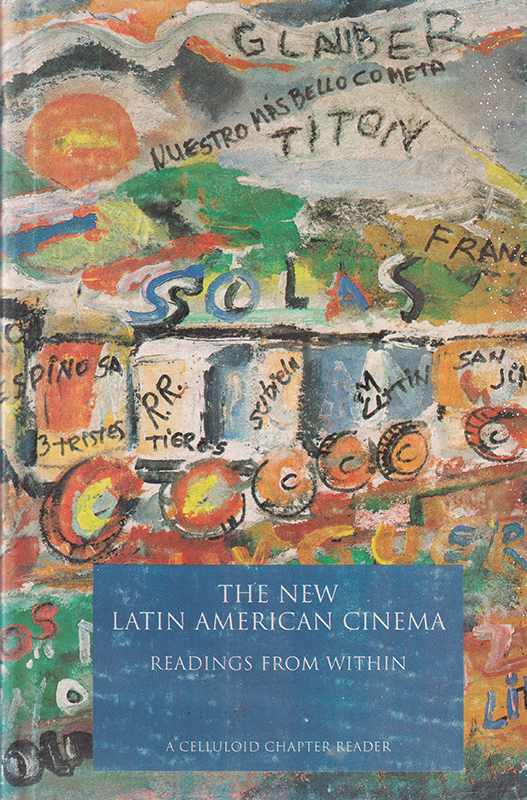Edgar Degas
₹ 400.00
Edgar Degas
by Patrick Bade
Degas was closest to Renoir in the impressionists circle. He started his apprenticeship in 1853 at the studio of Louis-Ernest Barrias and, beginning in 1854, studied under Louis Lamothe, who revered Ingres above all others and transmitted his adoration for this master to Edgar Degas. Starting in 1854, Degas frequently traveled to Italy where he copied from the Old Masters. His drawings and sketches already revealed very clear preferences, especially in Raphael, Leonardo da Vinci, Michelangelo, and Mantegna. After his first compositions, which depicted horses, Degas made yet another discovery. His first painting devoted solely to the ballet was Le Foyer de la danse à lOpéra de la rue Le
Peletier (The Dancing Anteroom at the Opera on Rue Le Peletier, Musée dOrsay, Paris). In a carefully constructed composition, with groups of fi gures balancing one another to the left and the right, each ballet dancer is involved in her own activity, each moving in a separate manner from the others. Extended observation and an immense number of sketches were essential to executing such a task. Ballet would remain his passion until the end.
Used Book, Hardbound, 200 pages
Out of stock
CompareDescription
Edgar Degas
by Patrick Bade
Degas was closest to Renoir in the impressionists circle. He started his apprenticeship in 1853 at the studio of Louis-Ernest Barrias and, beginning in 1854, studied under Louis Lamothe, who revered Ingres above all others and transmitted his adoration for this master to Edgar Degas. Starting in 1854, Degas frequently traveled to Italy where he copied from the Old Masters. His drawings and sketches already revealed very clear preferences, especially in Raphael, Leonardo da Vinci, Michelangelo, and Mantegna. After his first compositions, which depicted horses, Degas made yet another discovery. His first painting devoted solely to the ballet was Le Foyer de la danse à lOpéra de la rue Le Peletier (The Dancing Anteroom at the Opera on Rue Le Peletier, Musée dOrsay, Paris). In a carefully constructed composition, with groups of fi gures balancing one another to the left and the right, each ballet dancer is involved in her own activity, each moving in a separate manner from the others. Extended observation and an immense number of sketches were essential to executing such a task. Ballet would remain his passion until the end.
Used Book, Hardbound
114 pages, Illustrated
You must be logged in to post a review.










Reviews
There are no reviews yet.